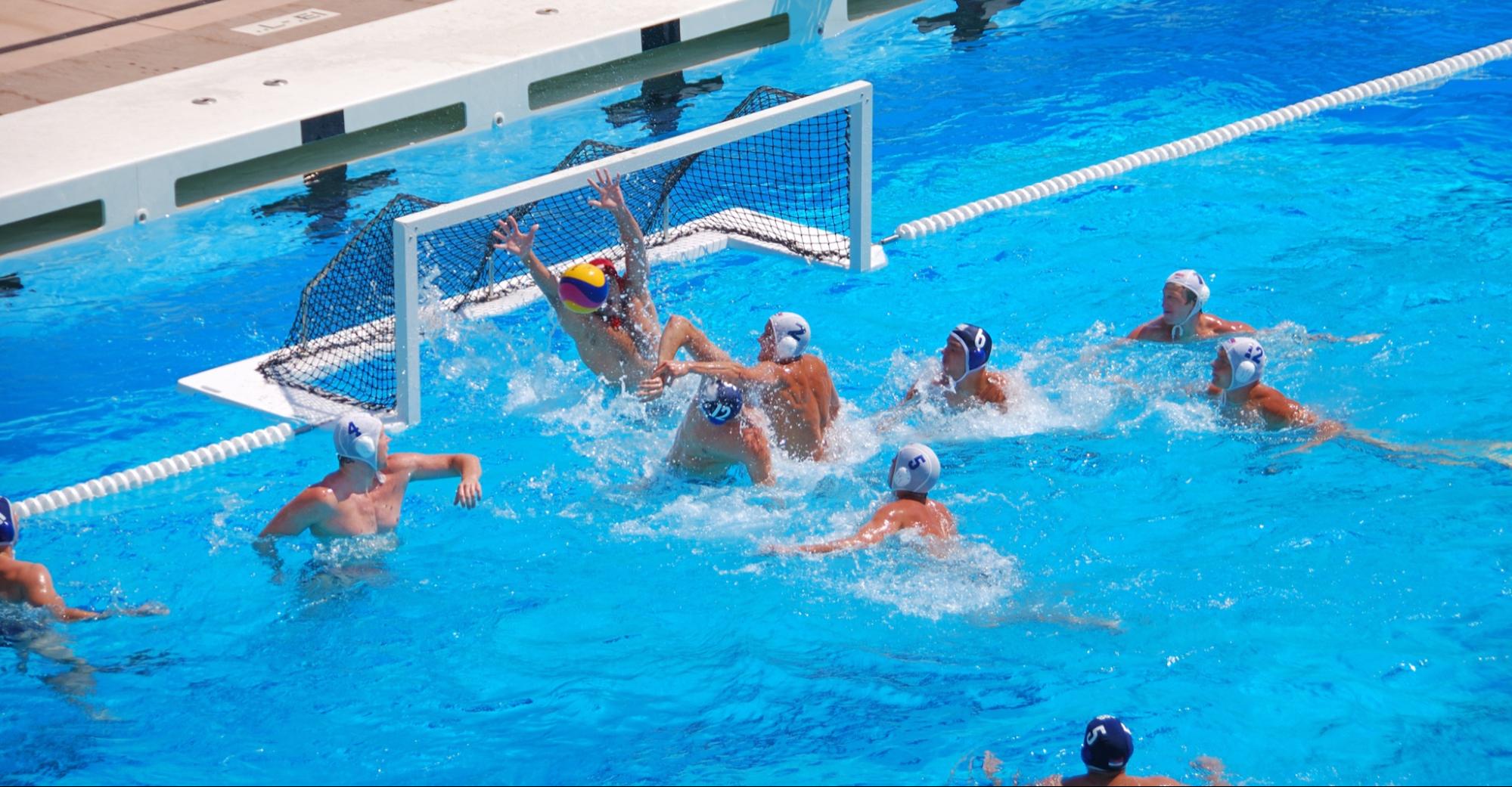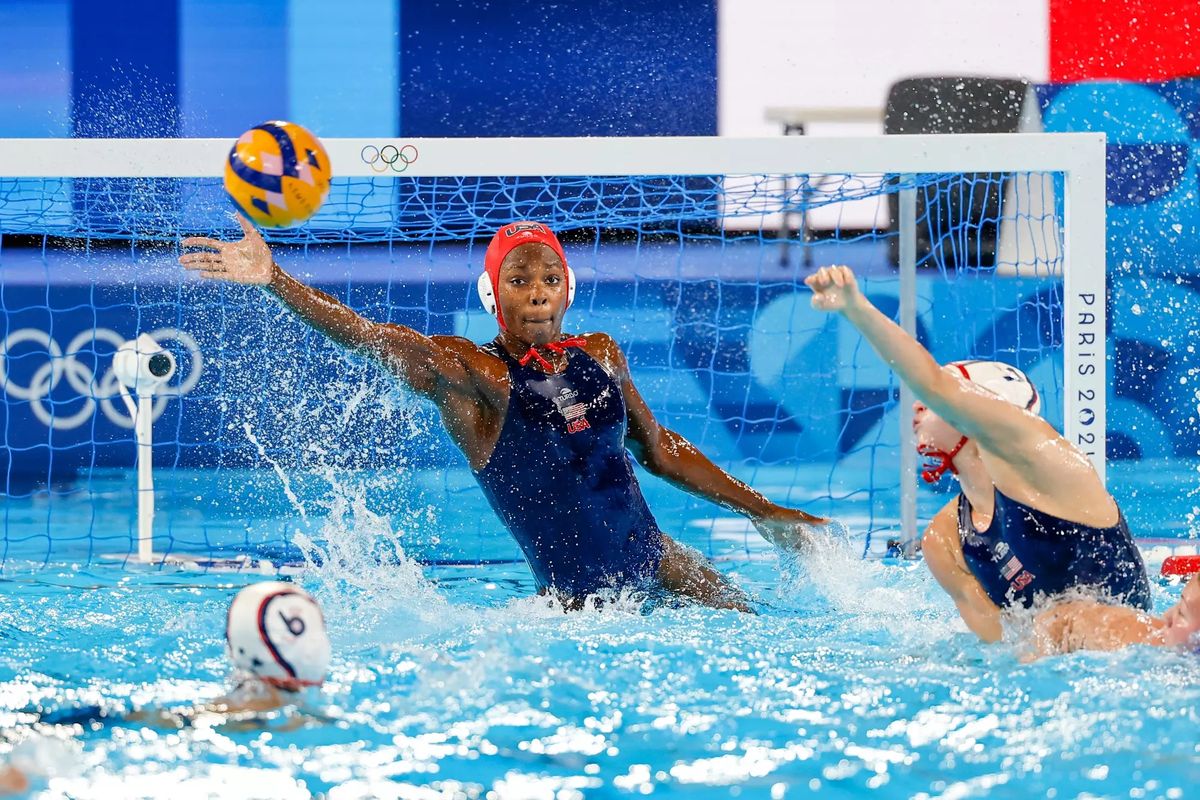Introduction:

Are you curious about how the water polo game is played? Whether you’re a beginner, a fan, or someone looking to try the sport, understanding the basic water polo rules is essential. Water polo is a fast-paced, exciting, and physically demanding game that combines swimming, strategy, and teamwork. In this guide, we’ll break down everything you need to know about water polo game rules in the simplest way possible.
The sport is played in a deep pool, where players must tread water continuously, passing and shooting the ball while defending against their opponents. Unlike other ball games, water polo requires incredible endurance, as players are constantly moving, strategizing, and adjusting their positions. Learning the water polo game rules will help you appreciate the sport, whether you’re watching a match or jumping in the pool to play.
Water polo is played at various levels, from local club competitions to international tournaments. Some of the most prestigious water polo events include the Olympic Games, the FINA World Championships, and professional leagues around the world. These tournaments bring together the best players, showcasing intense matches filled with skill, speed, and strategy. Watching high-level water polo games can provide great insight into the sport and inspire new players to improve their skills.
What is Water Polo?

Water polo is a competitive team sport played in a swimming pool where two teams try to score goals by throwing the ball into the opponent’s net. Each team consists of seven players, including a goalkeeper. The game requires excellent swimming skills, endurance, and quick decision-making.
Water polo is often described as a mix of swimming, soccer, basketball, and handball, all played in water. It is one of the most physically demanding sports, requiring players to maintain stamina, strength, and tactical awareness. Unlike sports played on land, water polo players cannot touch the bottom of the pool and must constantly keep themselves afloat using a technique called the eggbeater kick. This adds an extra layer of difficulty, making the sport both challenging and thrilling.
Basic Water Polo Rules:
To enjoy and understand the water polo game, it’s important to learn the fundamental rules. Here’s a simple breakdown:
1. Objective of the Game:
The main goal of water polo is to score more goals than the opposing team by throwing the ball into their net. The team with the most goals at the end of the match wins. Each goal is worth one point, and teams continuously battle for possession throughout the game.
A successful offensive strategy involves precise passing, accurate shooting, and effective movement to break through the opponent’s defense. Teams must also focus on their defensive skills, as preventing the other team from scoring is just as important as making goals.
2. Team Composition:
- Each team has seven players in the water at a time: six field players and one goalkeeper.
- Teams can have substitutes, and players rotate throughout the game.
- The game allows rolling substitutions, meaning players can swap in and out during breaks in play without stopping the game.
Field players must be versatile, as they need to attack, defend, pass, and shoot. The goalkeeper plays a crucial role in blocking shots and directing the defense. Since the sport is highly intense, substitutions are used frequently to keep players fresh.
3. Game Duration:
- A standard water polo game consists of four quarters, each lasting eight minutes.
- There is a short break between quarters to allow teams to rest and strategize.
- The clock stops when the ball is not in play, so actual game time is longer than the clock shows.
With frequent pauses for fouls, timeouts, and turnovers, an entire match can last around an hour. Managing time effectively is key, as teams must balance their energy levels while keeping up with the rapid pace of the game.
4. Starting the Game:
- The game begins with a swim-off, where players race to get the ball from the center of the pool.
- The team that reaches the ball first gains possession and starts their attack.
The swim-off is an exciting moment, as it sets the tone for the quarter. Strong swimmers have a significant advantage in securing the first possession, giving their team an early chance to score.
5. Possession and Shot Clock:
- Each team has 30 seconds to take a shot at the opponent’s goal.
- If they fail to shoot within the time limit, possession is given to the other team.
The shot clock ensures that the game remains fast-paced and prevents teams from holding onto the ball for too long. This rule encourages quick decision-making, teamwork, and offensive plays.
6. Passing and Dribbling:
- Players can pass the ball to teammates using one hand (except the goalkeeper, who can use both hands).
- Dribbling is done by pushing the ball forward while swimming.
Passing is crucial in water polo, as players must move the ball efficiently to create scoring opportunities. Quick and accurate passes can break through the defense and lead to open shots at the goal.
7. Scoring a Goal:
- A goal is scored when the ball fully crosses the goal line.
- Players can shoot from anywhere in the pool but must be outside the 2-meter area unless receiving a pass.
Teams use different shooting techniques, including direct shots, lob shots, and skip shots, to beat the goalkeeper. Accuracy and timing are essential in making successful goals.
8. Fouls and Penalties:
There are three types of fouls in water polo:
- Ordinary Fouls: Minor infractions like holding the ball underwater or pushing an opponent.
- Exclusion Fouls: Serious fouls that result in temporary exclusion (20 seconds) from the game.
- Penalty Fouls: A foul inside the 5-meter area results in a penalty shot for the opposing team.
Penalties can change the outcome of a game, as a well-placed penalty shot is often difficult for the goalkeeper to stop.
9. Goalkeeper Rules:
- The goalkeeper is the only player allowed to use both hands to stop or throw the ball.
- They cannot cross the halfway line and must stay within their designated area.
A good goalkeeper can make a huge difference in a match. They need to have quick reflexes, strong swimming skills, and excellent positioning to block shots effectively.
Common Water Polo Strategies:

Success in water polo requires smart tactics. Here are some key strategies:
1. Press Defense:
- Players closely guard their opponents to prevent easy passes.
- This forces turnovers and creates scoring opportunities.
2. Zone Defense:
- Defenders protect specific areas instead of marking individual players.
- Useful for covering strong offensive players.
3. Counterattacks:
- Quick transitions from defense to offense.
- Speed is key in catching opponents off guard.
4. Center Forward Play:
- The center forward, also called a hole set, is a crucial offensive player.
- They position near the opponent’s goal and receive passes to shoot.
Conclusion:
Water polo is an exciting and physically challenging sport that requires skill, strategy, and teamwork. Understanding the water polo game rules helps you enjoy the game whether you’re playing or watching. With the right techniques, practice, and knowledge, anyone can become a great water polo player. Now that you know the basics, why not jump into the pool and give it a try?
0 Comments